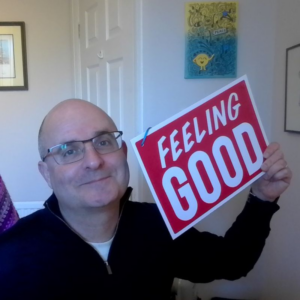
My top 12 tips from 12 years of running my company!
Now we are twelve…
I am very proud, having set up 3rd Sector Mission Control in March 2013, that twelve years later, we’re still going strong! With thanks to everyone we’ve worked with so far, here is a post with (appropriately) twelve tips that I’ve learned along the way.
Tip 1: Write your plans down and keep returning to them
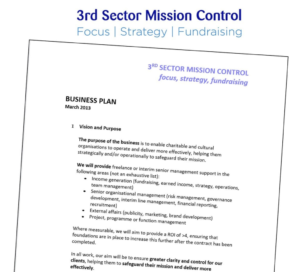
Before we opened our doors, I wrote a business plan (pictured here). Looking at it now, some of it turned out to be bang on, while other areas didn’t quite happen the way I’d expected. The point is, though, that I kept returning to it and wrote a new one each year based on what I’d learned from what had happened. How often do we file our strategies away never to look at them again? How do we hold ourselves accountable? My first top tip is to be brave enough both to write down what you hope to achieve and to look at it again later!
Tip 2: Find a friend and a person to convince when presenting

Presenting can be daunting, can’t it? Whether it’s making a presentation to a (relatively) crowded room or presenting in a trustee meeting, for example, a great piece of advice I took on board over the last decade was to think in particular about two people. Can you identify one person in the room who you think might be supportive of you, and who you can look at when you need a bit of reassurance? And who is the person you are trying to reach who might need a bit of persuading? Maybe someone at the back of the room who might not look as if they’re paying much attention? I sometimes cue up the person I’m going to choose as my silent fan to draw confidence from beforehand, and see if they can sit relatively far forward. If you cater to both of these in the first instance you’ll get most people in between!
Tip 3 – Understand how you convince people

Whether you’re fundraising or doing just about any other role in an organisation, you’re always going to need to work out how you can reach hearts and minds – to win them over to your cause or to go with you on what you’re trying to do. Whether it’s planning a piece of writing or preparing for a meeting, I like to ask myself three questions to prepare:
- What do I want people to know?
- What do I need them to see?
- How do I want them to feel?
And I plan accordingly.
It’s about understanding that you need to appeal to the head (facts) as well as the heart (emotions), understanding the importance of pictures, and thinking about what they might take away (and do) from whatever they’ve been presented with. How would you answer these three questions? Can they help you to prepare more confidently?
Tip 4: establish your specialism

When I wrote my first business plan ten years ago (see tip 1) I didn’t include focusing on fundraising strategy specifically as a specialism, although the word “strategy” has always been in my company strapline. But it’s always been a real passion and interest of mine, not just in theoretical or drafting terms but in how it can be put into practice by organisations. I started delivering training sessions and writing pieces on the subject, and by 2020, I was asked by DSC to co-write a book on it as part of their fundraising series, which was published in 2021. And now it’s definitely not just a passion but also a specialism and something I’m known for, as shown by this LinkedIn message I received today. So my fourth top tip is to find or develop your specialism, and preferably one that you are passionate about.
Tip 5: what are you changing?

Any fundraiser worth their salt will know that the most important thing they need to convey is what changes as a result of an organisation’s work and as a result of a supporter’s gift. What are they helping you to achieve? Nothing else really matters as much, does it? It is no coincidence, I would say, that Barack Obama’s “Change We Can Believe In” presidency campaign was so successsful with its grass roots fundraising. And I’ve tried to apply the same thinking to all of my work in the last ten years? What will happen differently as a result? If I give a presentation and just one attendee looks at an issue from a different angle as a result and maybe adapts their practice, then I’m doing my job. Hopefully across my business over the years, it’s been more than that though. So my fifth tip is to think about the difference you or your company or charity can make every day with every piece of work. How can you help change a green circle into a blue square?
Tip 6: think about your application or proposal structure
I’ve learned in the last ten years, especially from my friend and frequent Associate Leah Seilinger, that there are five key areas that are needed for pretty much every funding application. It is such great advice that I also use a version of these headings for most business proposals I put together.
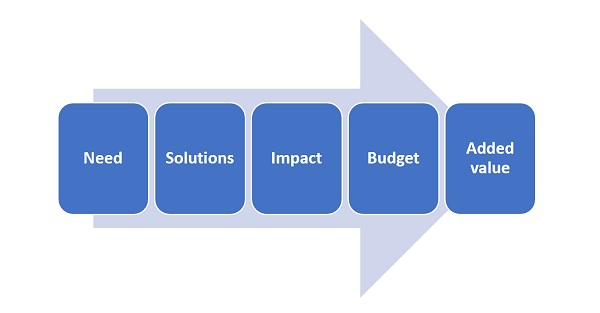
Need: Why is this piece of work required? How do you know this? (I often make this “Your brief” in my business proposals.)
Solutions: What are you offering in order to meet the need you have described? (I often term this “Our response to your brief”.)
Impact: What long-term difference will be made as a result of delivering your work? (In business terms, I would hope that there is some real change as a result of my involvement, as in Tip 5)
Budget: How much will it cost and, when submitting to potential funders, where is all of the money coming from?
Added value: Why are you the best team/ organisation/ business to do this work?
Tip 7 – base your business on something you love
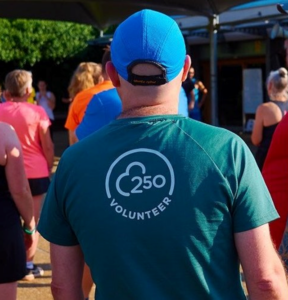
I was a regular volunteer in charities way before I realised I could have a career in the sector, a career which started a long time before I set up my business. But a love for charities, a love for volunteering, and the passion which volunteers in particular have for their organisations, is written through me like a stick of rock. It’s at the heart of everything that I do and it keeps me motivated. It’s why the word “mission” is in my company name and it’s why I will always take meetings with people, to learn about what fires them up, even when I’m fully busy. What do you love? Make it the centre of your business.
Tip 8 – be balanced

In my view, in very simplistic terms, fundraising is all about keeping three stages balanced, before you ask, asking, and and after you’ve asked. Before you ask: do the research, check your systems, prepare well – but don’t forget to move onto the next stages, and actually ask! Don’t ask everybody you come across without having prepared or researched. And after you’ve asked, try to understand why they’ve said no, and if they’ve said yes, build relationships and timetable your delivery and reports. But don’t just focus on that because you might end up with a dwindling pipeline – you need to keep focusing on the first two stages too. Similarly, I’ve tried to focus my business in a balanced way on these three stages: preparing for work, doing the work, and after I’ve “won” the work.
Tip 9 – Always return to Why
In fundraising, in helping to run a charity, and in running a “for purpose” business like mine, I’ve constantly found Simon Sinek’s exhortation to “start with why” a real help. We shouldn’t be talking about what we’re doing to make that connection, or how we do it – we need to focus on why we’re doing it. What is our purpose? What is the need for our work? I’ve continually tried to think about why I do what I do, and why charities might choose to hire our services – just as much as what it is is I do and how I do it – and I think that’s really helped me over the years.
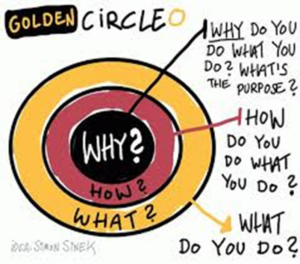
Tip 10 – find your star
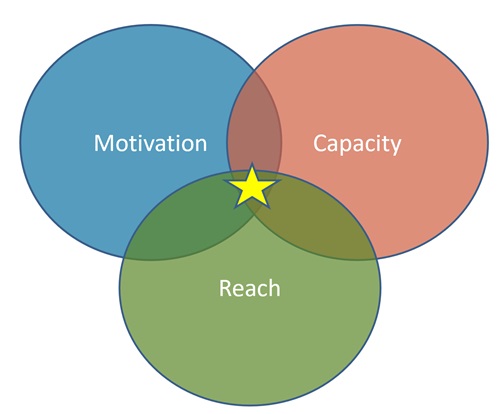
In the first decade (or so) of running my company, I’ve found most joy working with motivated clients on projects that I find motivating (whether it’s to do with the people, the cause or the area of work, or all of them). And even better when I feel that my company and the client isn’t over-stretched in terms of capacity and resource. And even better still if, together, we’re reaching people and changing their lives. That’s the “star”, for me.
Tip 11 – use the six questions
I’ve written above about the primary importance of the question “why?” in my working life. But the other five questions are up there too. Whenever I have a kick-off meeting with a client, in preparing an agenda I start with these sections, and take it from there, with “why?” always front and centre. It’s a great starting point for covering all bases, I’ve found.

Illustration generated by Microsoft Copilot
Tip 12 – give back, connect, and always see people
Working more remotely has helped me to enact a simple rule: never turn down a short conversation with somebody interested in connecting. It doesn’t have to be a potential client or colleague. I like to learn more about what drives people, what they’re passionate about and who I can put them in touch with if I can’t help them myself. At the same time, I try and give back through volunteering as a pro bono advisor, as a mentor, as a trustee and as a volunteer – and share as much of my thinking and learning as I can in an accessible way through my website and social media. Through the years of running my business, and not just because we work in and with charities, I’ve realised that the lines between my paid and pro bono work are increasingly blurred, particularly when you throw what people are passionate about into the mix.
